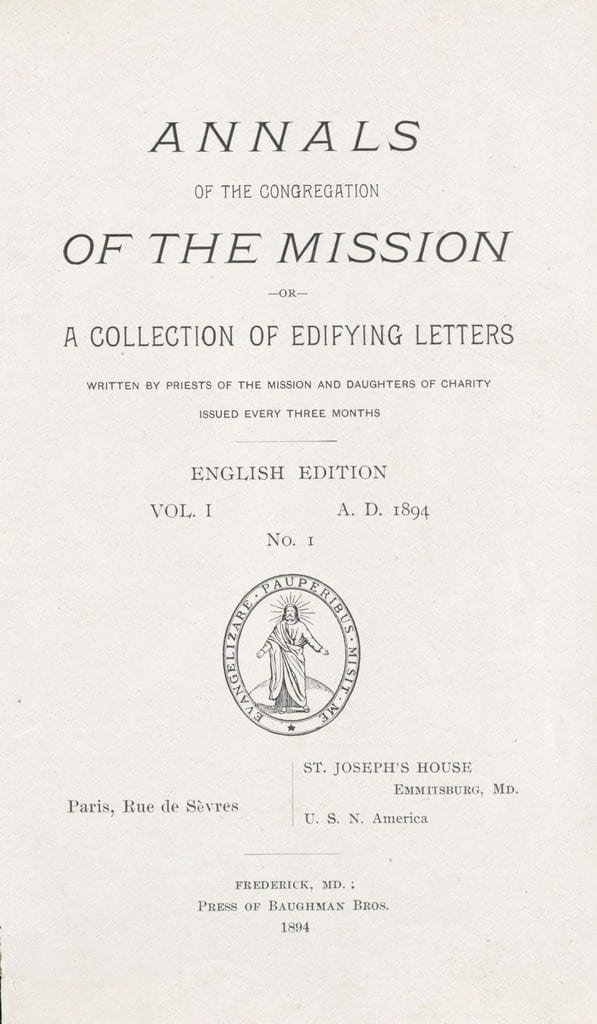
(by Justine Carlson)
Human dignity is not negotiable.
This was a nugget of wisdom that I learned back in December while I was in Bogota, Colombia. It speaks volumes as to how one would answer the Vincentian question; What must be done? There is more that needs to be done than I realized. I was catching up with an old friend the other day and he asked me about my trip to South America a couple months back. I was taken back to the place where forgiveness, human dignity, reconciliation, faith, education, and power were normalized and brought into a new light.
One of the several greatest lessons I learned in Colombia was how education, religion, politics, and social justice can be intersectional. I am still trying to figure this out today as I witness several minority groups suffering and not provided with the same rights as the majority. As a Roman Catholic, my continuing question is how can I be an ally? How can I help? My time in Colombia has made me appreciate religious diversity, even more so than I did before. While most the country identifies as a Catholic/Christian country, how one lives out their faith there is different based on the individual through education, political participation, giving back to their local communities, and many other ways.
Another highlight that I took away from this experience was their approach to nonviolence. In Colombia during this time, part of the national peace agreement had passed, which grants equitable and equal human rights for all. This was a true historical moment for them. One last piece of wisdom that I’ll never forget is that faith is about uncertainty. Similarly, to the United States, many are uncertain of what their future will hold for them. It is not as easy as it sounds, but having a small bit of a hope and/or ounce of faith is how the people in Colombia that were experiencing trauma, homelessness, violence, whatever it may be, continue living the fullest life. Faith through resilience.



